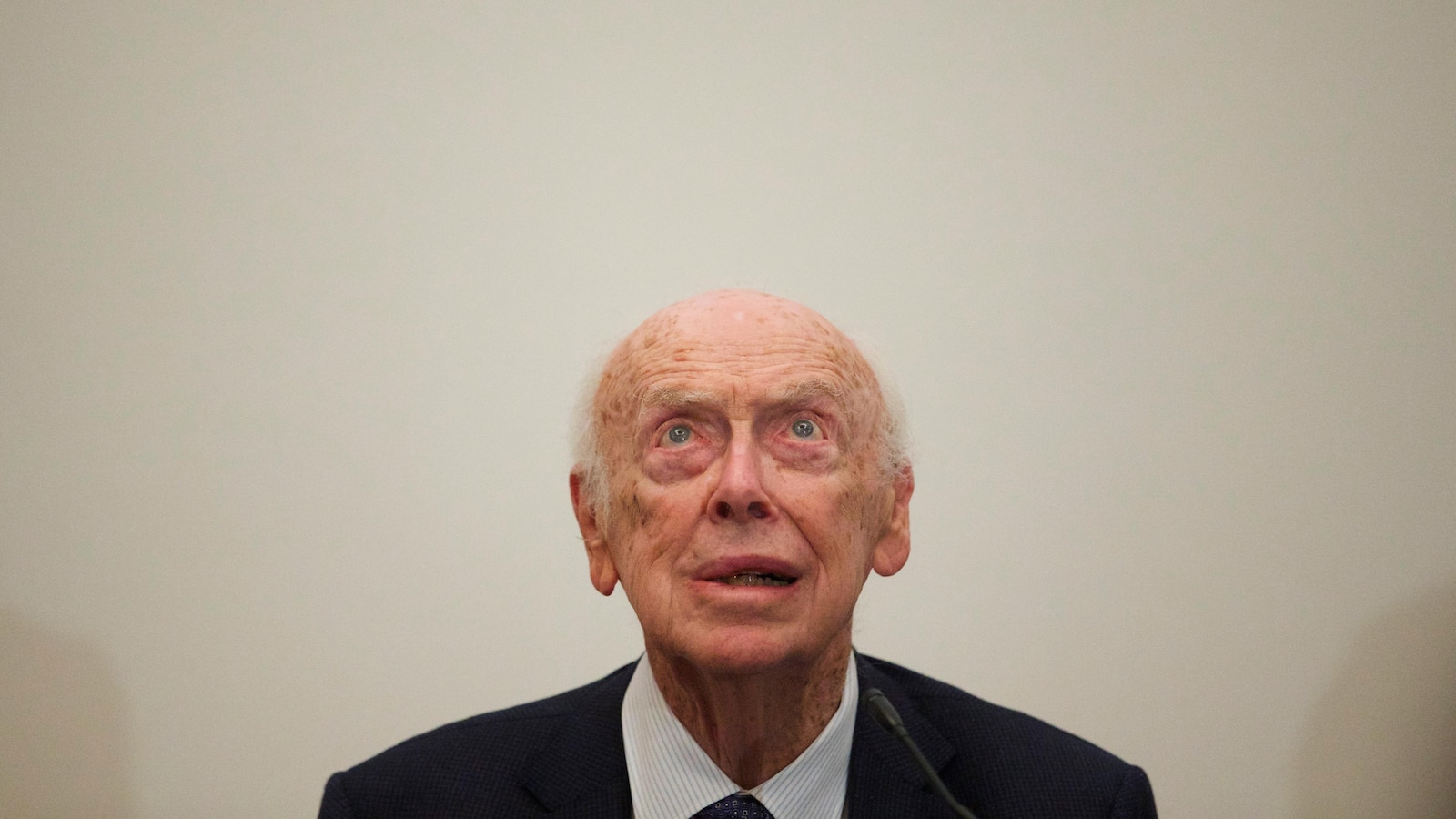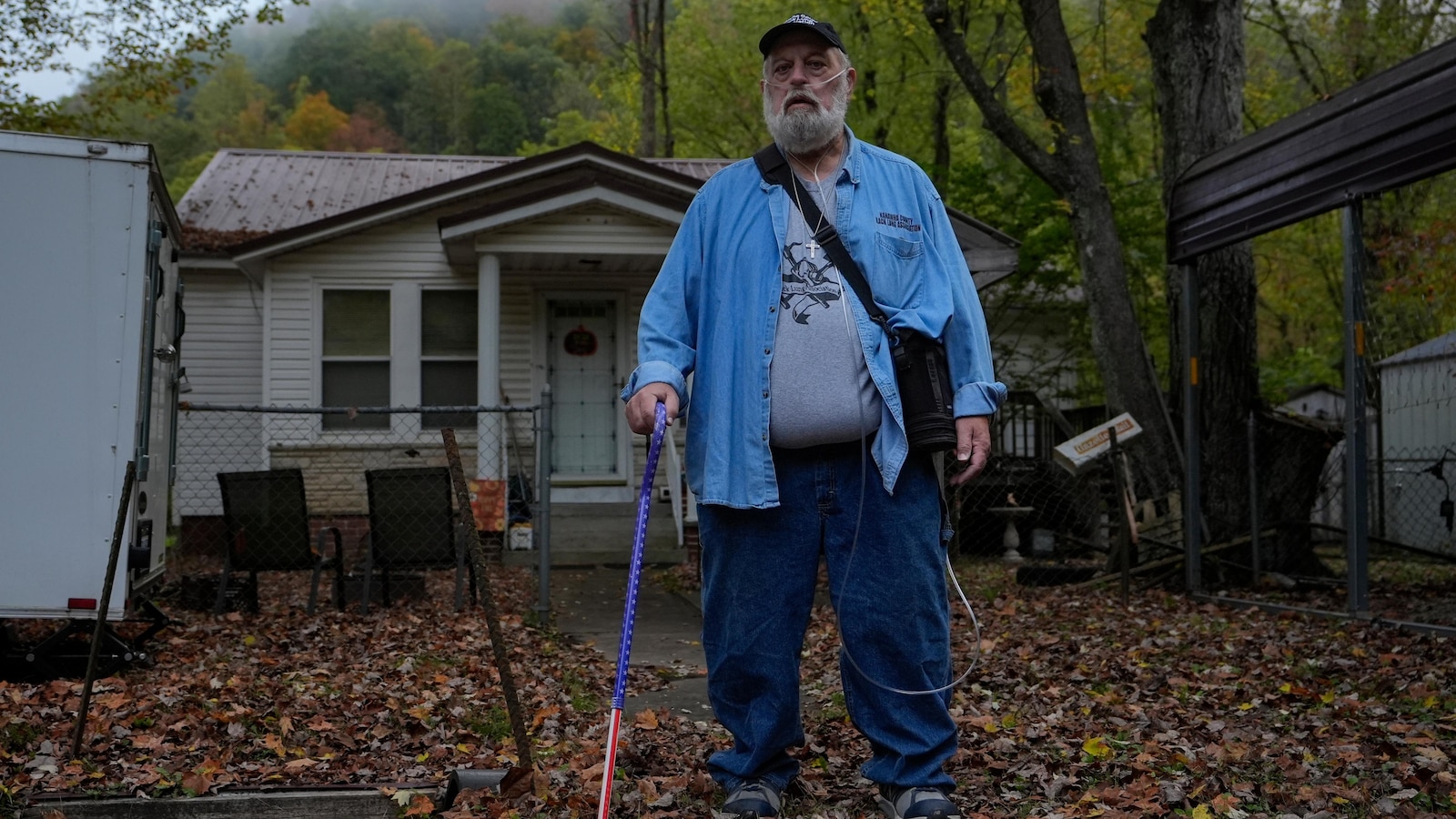Alex Woo, Domee Shi, Maggie Kang and Chris Appelhans, Ugo Bienvenu, Kent Seki and Maïlys Vallade took to the SCAD Savannah Film Festival stage to share their anxiety over standing firm on big creative risks when others voiced considerable doubt, in what was only half-jokingly called a ‘directors therapy session.’
Today, Alex Woo’s animated feature, , releases in theaters before debuting November 14 on Netflix.Plenty of viewers will be captivated by the visual effects, the 3DCG realism, the scope, and the heartfelt story of a sister and brother searching for The Sandman in their dreams in hopes he can fix what’s broken in their family.Heck, you can read all about it in our previous article.
But what most people won’t know is that Woo took a big risk with the Netflix Animation and Kuku Studios film.And it was a risk even the inner circle on the production team didn’t fully support.“I had to make a tough call regarding a moment in the film with the sister, Stevie, who has a hard time accepting the messiness of life and reality outside of her dreams,” shares Woo in an interview with AWN at the recent SCAD Savannah Film Festival (SAVFF).
“I won’t spoil it, but it was super controversial.Every single person who saw it, especially on the Netflix side, was like, ‘I don’t know if we feel comfortable with this.’ Even within our team, people were like, ‘This is a family film.You can’t do that.’ Of everyone in my core team, only one person was on my side.
I didn’t want to do it, but I had to pull the director card.I needed my characters to make choices, even bad choices, and really learn from them.So, I said to the team, ‘You know what, I’m sorry, but we’re doing it.
And if it’s wrong, that’s on me.’” He adds, “I made my choice.And I stand by it.But honestly, guys, I’m really nervous about it.” In the interview now referred to as a “directors therapy session” by the interviewees, Woo was joined onstage by director Domee Shi, ’ directors Maggie Kang and Chris Appelhans, ’s director Ugo Bienvenu, ’s Kent Seki and ’s director Maïlys Vallade.
The seven directors all took part in SAVFF’s annual Pixels & Pencils panel that highlights the top animated films of the year. Comforting a very vulnerable Woo, Appelhans leaned in and said, “I’ll tell you what, though.We screened a version of [], where we took out the part where Rumi, our main character, asks her guardian to kill her because she’s no longer able to hide the part of her that’s part demon.It was, what we believed to be, the guts of the film.
And, without that part, the reception was lukewarm.But the worst part was that we didn’t like it.And I would much rather take a risk and put out a film that we believe in 100 percent.” Kang chimed in, “Nothing feels worse than putting something out into the world that you don’t believe in.” And that’s very much the foundation of Sony Pictures Imageworks and Netflix’s .
While the film, on one hand, is about three K-Pop idols trying to balance their lives as singers with their sworn duty to hunt demons, it’s also about how Rumi, the lead singer, learns to love all parts of herself even if they aren’t accepted by the people who are supposed to love her the most. “Rumi thought her purpose in life was to fix herself in order to be loved,” notes Appelhans.“When she realizes she can’t be fixed, she thinks she’ll never be worthy of love and, by the third act of the movie, wants to die.That was a conclusion Maggie and I came to by the second draft.
The studio was scared by that choice but, without it, the whole thing felt flat.The choice to continue to live didn’t feel real or earned without first having that struggle.” And, clearly, Kang and Appelhans made the right choice as the award-winning film has become Netflix’s most watched original animated film of all time.A sequel was also just greenlit for a 2029 release. “You have to take those big swings and trust your gut,” says Appelhans. But that advice isn’t just for the more serious, emotional moments.
It’s also for the comedic, out-of-pocket moments that not everyone is guaranteed to understand. “I remember pitching the corn eyes idea to my husband and he was like, ‘Dude that’s not going to work,’” shares Kang, referring to the scene where two female K-Pop idols are ogling a man’s six-pack stomach and their eyes turn into ears of corn that start popping popcorn as they can’t look away.“Even the team at Imageworks was like, ‘Um, what is this?’ It was a bit scary, taking risks like that and trying to explain something like that.But it embodied the tone of the film and I’m glad we went for it.” Seki, like Woo and Kang, was a first-time director and took a pretty hefty swing with Nickelodeon and Paramount’s short’s main villain.
The film takes place in the same universe as , where a mysterious toy company now seeks to profit from the turtles’ new hero status.The brothers follow the clues to New Jersey and make a shocking discovery.The film releases in theaters December 19.
“For a long time, we played the villain’s backstory pretty straight,” explains Seki.“He was basically Steve Jobs making the Mac, and we were just riffing on it.He wore a black turtleneck, and we thought it was going to be awesome.
But it wasn't that funny.The producer, Jeff Rowe, said, ‘We can't justify spending time on this in the movie.’ A week before recording, our other producer Ramsay McBean comes to me and says, ‘I got an idea.What if the backstory is all made up, as if he ripped off AI backstories from popular culture stuff?’ So, we went to town.
We included stuff from Marvel, , r, DC, … we even had handsome Squidward in there.And the look was like Nintendo meets cutouts.With all the conversations surrounding AI these days, it became a cathartic experience for all the artists.” Woo adds, “You know, I think great art either comes from love or from ‘Fuck you.’” Seki continues, “True, but I was also worried that conversation wouldn’t even be relevant a year after we were done working on the film.
But, if anything, it’s gotten more heated.” Shi also played a bit with genre within her directorial work on , a Pixar film that follows a young boy who gets abducted and goes to space to join an alien utopia.At one point, Elio sends back a clone of himself to make sure no one suspects he’s missing.But, being horror fans, Shi and her co-director Madeline Sharafian were interested in how much scariness they could get approved on their family film.
As it turned out, there was room enough for just a hair of horror.Literally. “We love John Carpenter, , , all that stuff,” shares Shi.“So, Elio’s aunt Olga realizes her nephew has been replaced by an alien and we thought, ‘Why not take a total tonal shift and make it a little scary? And also, how scary can we push it?’ There's this really fun scene in the movie with an animated piece of hair that comes to life.
We didn't know if it was going to be too scary or too weird.” Woo interjected, “That’s funny because when I saw that scene, I was like, ‘That’s Domee.’ I knew it!” Shi continued, “Yes! I got to carve out a little bit for myself.But it also served the story and had purpose to it.Olga, in the beginning of the story, is doubting her abilities to be a new mom because she had to adopt her nephew so suddenly.
But, from the moment that she hugged this clone, she knew it was not her nephew.And we got to explore that through this horror scene.” One of Vallade’s biggest fears in directing , a Maybe Movies and Ikki Films story about a young Belgian child growing up in Japan, was not any specific idea she and co-director Liane-Cho Han presented for the adaptation of Amélie Nothomb’s book, but the very fact that they directed a movie set in Japan when neither one is Japanese. Their film releases in theaters today through GKIDS.“When dealing with a culture other than our own, we are taking risks everywhere,” shares Vallade.
“Moreover, we chose to write the film from Amélie’s perspective.It may be reassuring to be in an ‘idealized’ Japan, but when it comes to talking about war, or a ceremony, or even more so an argument between two Japanese people who also bear on their shoulders class and generational conflicts, the risk increases, and so does the need for greater attention to detail.We wanted to be as respectful as possible of this Japanese reality of those years.
So, it was essential for us to give a more significant account of the experiences of Kashima-san and Nishio-san, to properly prepare our themes and, above all, not fall into caricature.” Serving the narrative, cathartically animating, maintaining vigilant attention to detail are all great ways to support big swings in a film.Or, in Bienvenu’s case, one could just make two films to prove that one’s ideas are, in fact, better than someone else’s. “After I wrote the script with Félix de Givry, nobody understood it,” shares Bienvenu, whose film , produced by Remembers, releases in theaters November 14.The story takes place in 2075, when a girl witnesses a mysterious boy in a rainbow suit fall from the sky.
“Nobody knew how to read the story, and everybody told us it wasn't working.It wasn’t just a few details they didn’t like.To the people with the money, nothing worked.
So, my swing moment was deciding to make a whole animatic of their choices and another animatic with my choices.We put our own money into this.We hired like three people with me to do the animatics.
We included music too, so it was all pretty clear.When we finished, we showed them both movies, after which they said, ‘Ok.You were right.’” It took Bienvenu six months to finish both animatics.
But he suspects it would have taken even longer to convince financiers that his choices were solid had he not simply shown them that he was making the right calls. “Sometimes you lose more energy trying to convince people rather than just doing it and showing them that you’re right,” says Bienvenu.“I hate talking about things that are not important.We could go around and around for months about one idea.
But if you show them, it's clear.” and have already been released.But this month, Woo, Seki, and Bienvenu’s films are all released, and they’ll get their chance to see if their big swings will resonate with audiences and bring their big dreams to fruition. “There's so much pressure,” says Woo.“I feel a responsibility to Netflix because they are funding it.
They're giving us this opportunity.They're giving us the financing, so I feel responsible for making it worth their while.” Kang adds, jokingly, “You think about that?” Woo replies, “I don’t know.Maybe it’s the oldest sibling thing.
There’s a big part of me that wants to please.But there are some things that are too big, too important, to let go.So, we’ll have to see.” Victoria Davis is a full-time, freelance journalist and part-time Otaku with an affinity for all things anime.
She's reported on numerous stories from activist news to entertainment.Find more about her work at victoriadavisdepiction.com.
Chris Appelhans Reflects on ‘KPop Demon Hunters’ and SCAD Impact Award
‘Murmuration’ Takes Best Animation Award at 2025 SCAD Savannah Film Festival
Producer Mary Alice Drumm Talks ‘Elio’
Inside the World of 'KPop Demon Hunters' with Maggie Kang and Chris Appelhans
‘In Your Dreams’: Where Order and Chaos Lead to Connection
‘Little Amélie or the Character of Rain’ Shows Life is Always Worth Living
Trailer Drops for Annecy Cristal-Winning ‘Arco’ Animated Feature
'Arco,' 'The Night Boots' Take Top Awards at Annecy 2025








